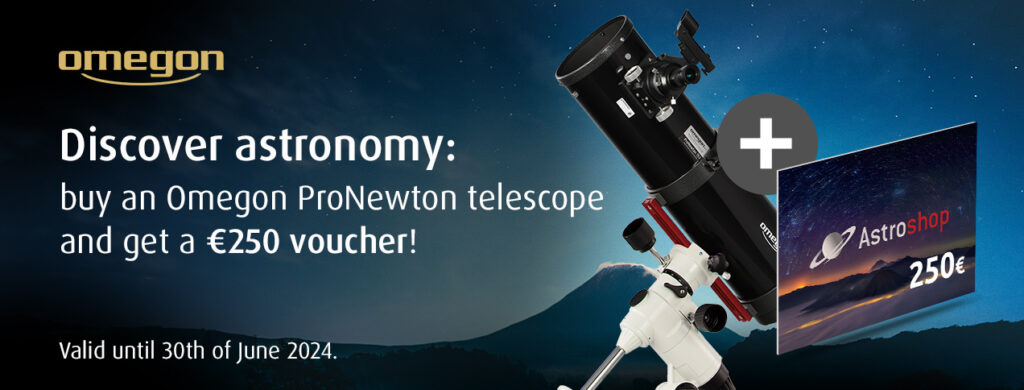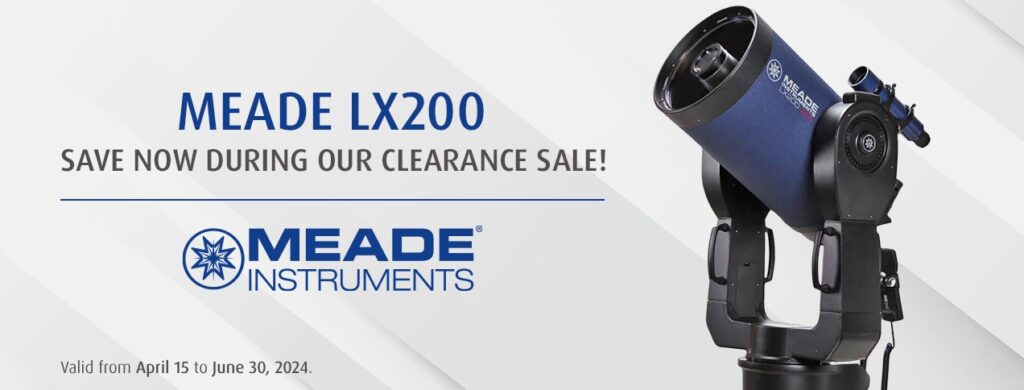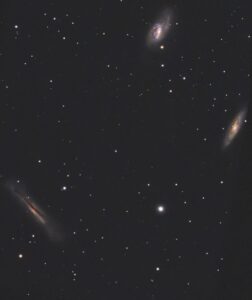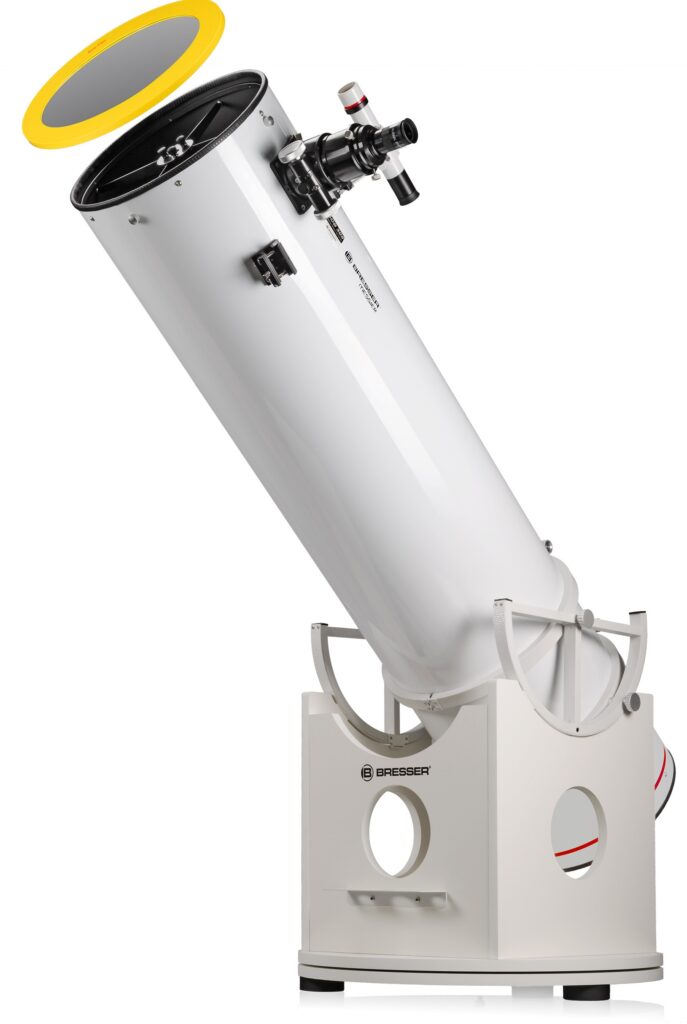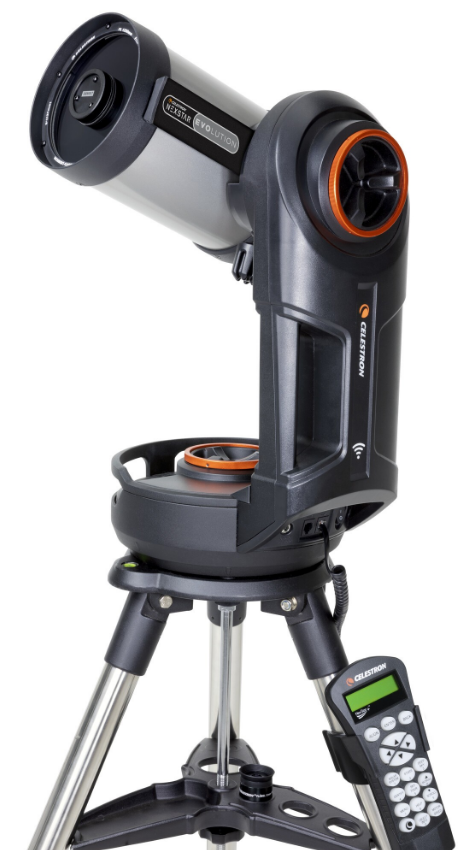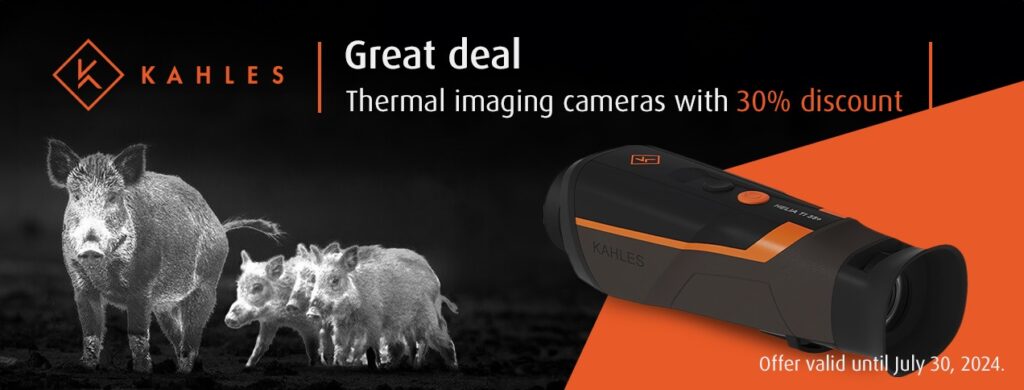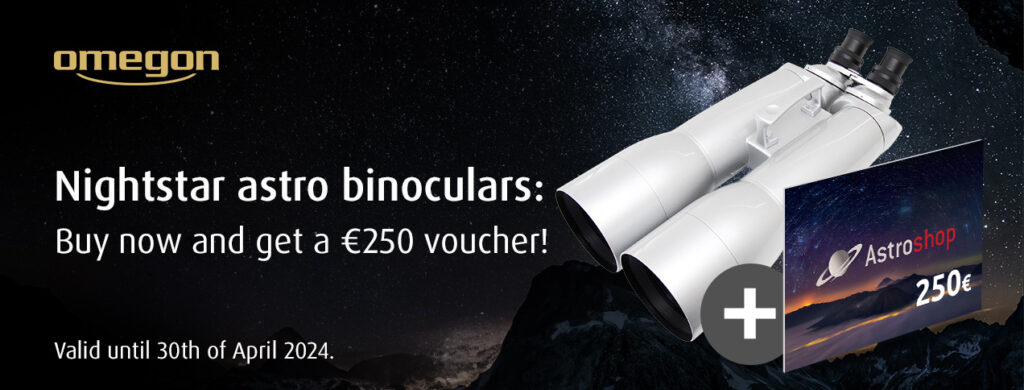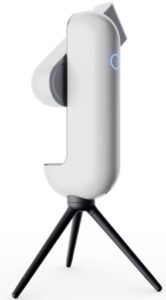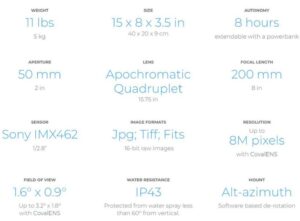Look up in the sky and be amazed by the interesting Astronomical events of the coming months! A comet in the evening sky, an impressive meteor shower, as well as fascinating encounters between the Moon and the planets or stars, are waiting to be observed. To make sure you do not miss any of these highlights, we have collected an overview of these celestial events under “Astrohighlights in Spring 2024”.
In this graphic you will find a quick overview and a selection of particularly interesting celestial phenomena. Further information and detailed explanations can be found in the accompanying text.
We wish you a lot of fun when observing!
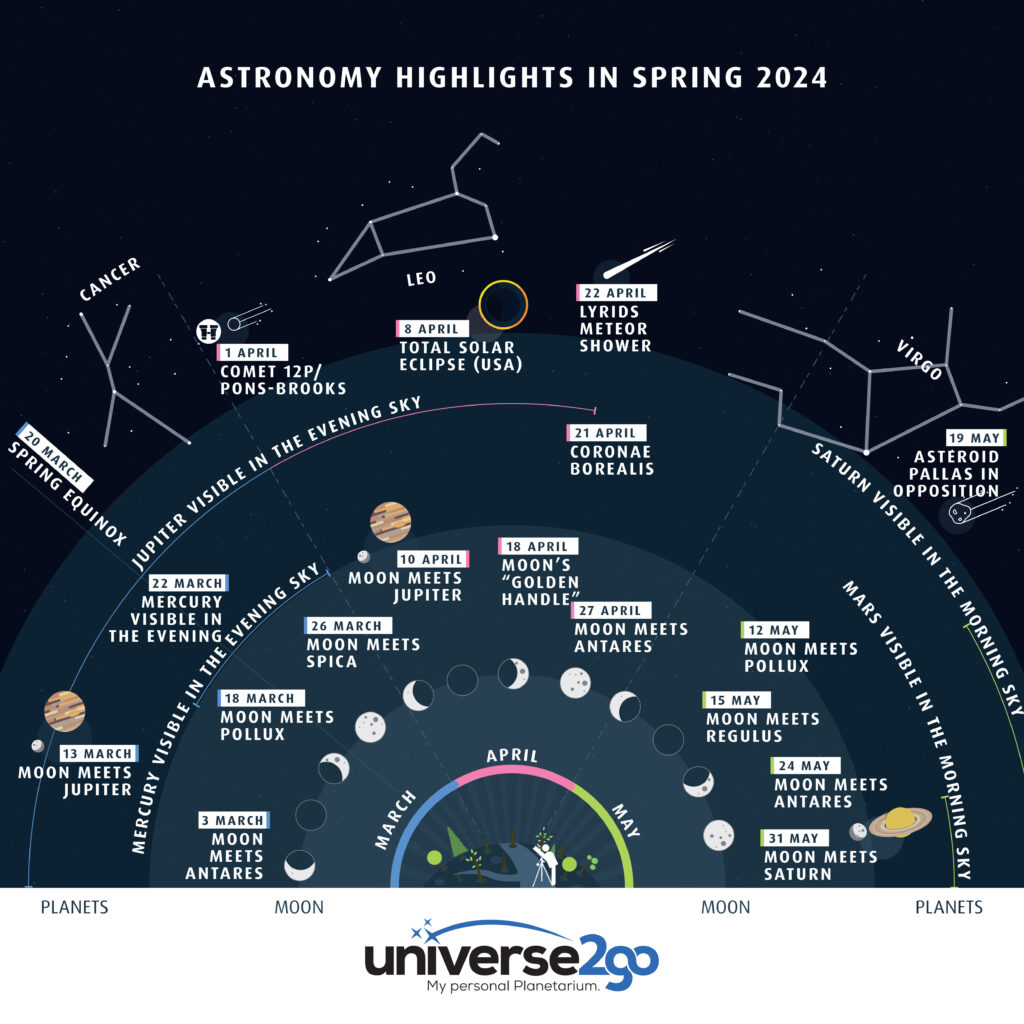
May
03.03. Moon meets Antares
On March 3rd, amateur astronomers can witness an interesting event in the sky: In the early morning hours, just before dawn, you can observe the waning Moon meeting Antares, the reddish bright star in the constellation of Scorpius. The two celestial bodies will be only about 2 degrees apart, which is approximately four times the diameter of the full Moon. Such celestial encounters are not only visually appealing, but also provide an opportunity to understand the motion of the Moon among the “background” of stars.
13.03. Moon meets Jupiter
In the evening of March 13th, skywatchers can experience an impressive meeting of two objects in the night sky: The slender crescent Moon and Jupiter, the largest planet in our Solar System. Both objects will be high in the sky during this evening’s twilight in the constellation of Aries – with Jupiter standing out due to its enormous brightness. The Moon sets at 10:50pm on this day. In March, Jupiter remains visible for a while after sunset, but its setting times become earlier throughout the month.
18.03. Moon meets Pollux
On March 18th the waxing Moon visits the constellation of Gemini and approaches Pollux, the brightest star in this constellation. Despite its brightness, Pollux is called Beta Geminorum, even though “Beta” is usually indicating the second brightest star of a constellation.
22.03. Mercury in the evening
On March 22nd there is a great opportunity to observe Mercury in the evening sky. It reaches its best evening visibility of the year and a few days later, on March 24th, it will be in Eastern elongation to the Sun. If you have never seen Mercury before, this is the perfect time to take a look at the innermost planet of our Solar System. We recommend watching after 7pm, when the Sun has already set more than half an hour earlier.
26.03. Moon meets Spica
On March 26th the Moon meets the star Spica, the brightest star in the constellation of Virgo. This event occurs just one day after the full Moon.
April
01.04. Comet 12P/Pons-Brooks
Amateur astronomers can now take a look at the comet “12P/Pons-Brooks”. Although it is a rare event to spot a bright comet in the sky, this one can already be found with binoculars (and maybe even with the naked eye). It reaches its closest point to the Sun and its greatest brightness on April 21st, but at this time it will only be visible slightly above the horizon. On April 10th there is a nice reunion in the Western sky between the Moon and Jupiter during the early evening hours. Just below these two you will find the comet. If you observe Jupiter on April 13th, simply look 3 degrees lower and vertically towards the horizon. Then you have found the comet.
08.04. Total Solar Eclipse (North America)
On April 8th a total Solar Eclipse will occur over North America. The path of the totality extends across Mexico, the USA, and Canada. The maximum duration of the totality depends on the location and may reach up to 4 minutes and 28 seconds. The eclipse will not be visible in Europe.
10.04. Moon meets Jupiter
On April 10th the delicate crescent Moon joins Jupiter. At twilight we will enjoy a particularly beautiful sight that is certainly worth a photo. Not far from this heavenly meeting the comet “12P/Pons-Brooks” can also be seen above the Western horizon.
18.04. Golden Handle
The “Golden Handle” appears at 83% of the lunar phase, about 10 days after a New Moon, and is a visual phenomenon along the light/shadow terminator of the Moon. It is located in the Bay of Sinus Iridium, a lava-flooded crater surrounded by a mountain range called the Jura Mountains. Due to the height of these mountains, the phenomenon occurs when the rising Sun illuminates the mountain peaks and creates the “Golden Handle”.
21.04. T Coronae Borealis
T Coronae Borealis is a variable star in the constellation of Corona Borealis, located about 2,700 light-years away from us. It usually has a brightness of 10.8 mag, but within a cycle of about 80 years it can become more than 1000 times brighter than a nova. The star can reach up to 2 mag during such an outburst, surpassing even the brightest star Gemma in the Northern Crown. Such events occurred in the years 1866 and 1946 for example. The next outburst could occur in 2024 and become an absolute highlight for us. Let’s wait and see…The astronomical world is definitely calling to watch out for this. Such an observation is quite easily doable for you, as you don’t even need binoculars, because of the star’s brightness.
22.04. Lyrids
During the peak on April 22nd, the meteor shower ‘Lyrids’ offers an impressive number of up to 20 meteors per hour. The best time to observe them is between 10:00pm and 4:00am. However, this year the almost full Moon will interfere. The shower’s source point is located in the constellation of Lyra.
27.04. Moon meets Antares
When you look towards the South in the very early morning hours of April 27th, you will see the constellation of Scorpius rising in the sky. Our Moon will be very close to the bright star Antares today.
May
12.05. Moon meets Pollux
On May 11th and 12th the Moon crosses the constellation of Gemini. The constellation is usually found in the Winter sky and is now noticeably tilting towards the Western horizon. In close proximity to the Moon the bright star Pollux is going to shine brilliantly – a star that is about nine times the size of our Sun.
15.05. Moon meets Regulus
Today the Moon makes contact with the star Regulus in the constellation of Leo. Regulus, known as the “little king”, is the brightest star in this constellation. An interesting fact that we can not notice is that Regulus rotates at a speed of about 317 km/s – so fast that it appears flattened.
19.05. Asteroid Pallas in Opposition
The Asteroid Pallas will be in opposition to the Sun on May 19th. Pallas is one of the largest Asteroids, having a diameter of 510 kilometers. It appears through the telescope as if it were an ordinary star. Therefore we recommend using a star chart. Additionally, it is easier to locate the Asteroid with a GoTo mount.
24.05. Moon meets Antares
Our Moon and the bright star Antares will be visible above the Southeast horizon before midnight. During its ascent in the sky, we can find the full Moon centered in the constellation of Scorpius. Antares shines intensely red and, being a supergiant, has a diameter of 700 times the size of the Sun. If it was placed in the position of our Sun, its sphere would extend beyond the orbit of Mars!
31.05. Moon meets Saturn
Early birds will have the opportunity to observe the meeting of the Moon and Saturn at dusk of May 31st. Assuming a clear sky, this will give us a beautiful start into the day. While beholding the Moon and Saturn you can also discover the planet Mars further to the East.

